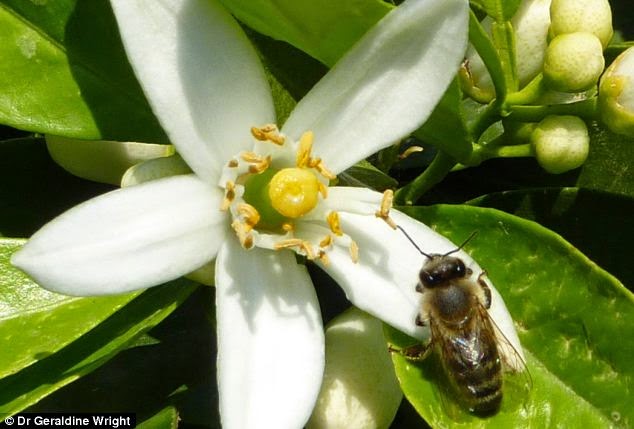Return of the Algarve tiger

As a child, I loved writing. From age seven I would write and illustrate short poems and stories for my younger siblings to enjoy (hopefully they enjoyed them...). When I was 12 years old, I started leaning towards a more factual side of writing and combined it with my cat obsession to start my own little feline-themed newsletter (I definitely called it a magazine at the time). I'd write about anything felid-related – from tips on adopting streets cats, to the ethics of cloning pets, to the ecology of wild feline species. It was researching for this newsletter that I first learned about the Iberian lynx ( Lynx pardinus ). Initially I was drawn to this feline because it is the only "big cat" native to Spain, where I grew up. © Programa de Conservación Ex-Situ del Lince Ibérico





